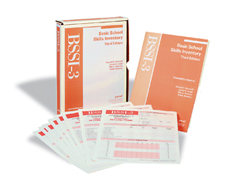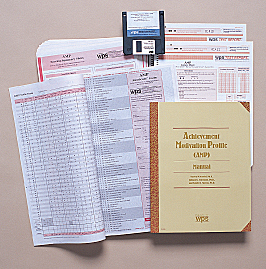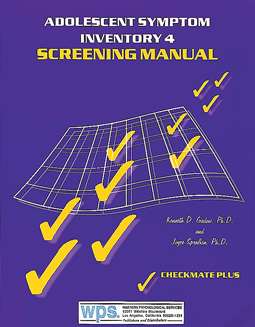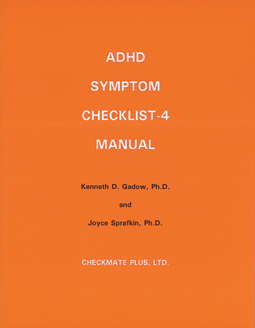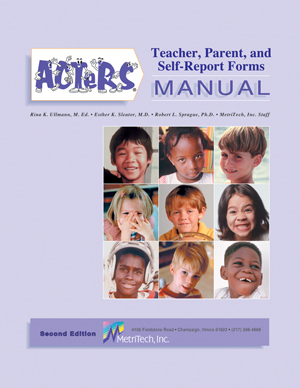Basic-School-Skills-Inventory-_BSSI-3_
BSSI-3: Basic School Skills Inventory – Third Edition Ages: 4 through 6Testing Time: 5 to 8 minutesAdministration: Individual The Basic School Skills Inventory—Third Edition (BSSI3) is used to locate children ages 4-0 through 6-11 who are at high risk for school failure, who need more in-depth assessment, and who should be referred for additional study. […]



